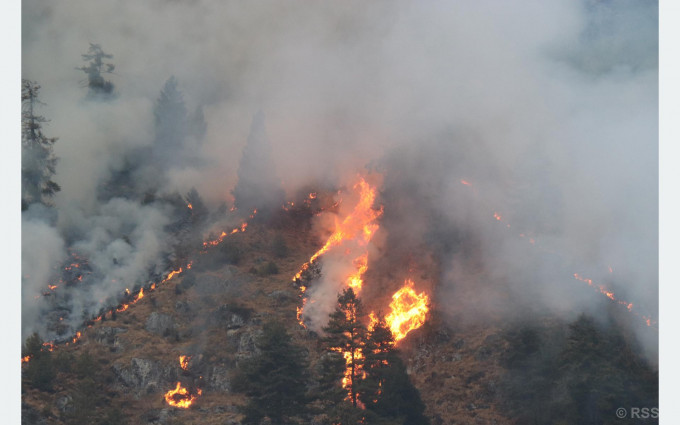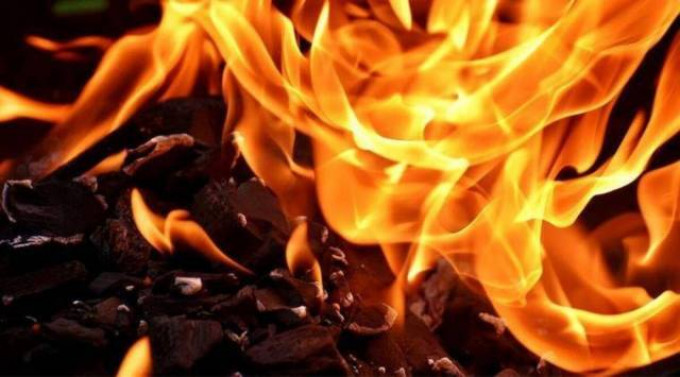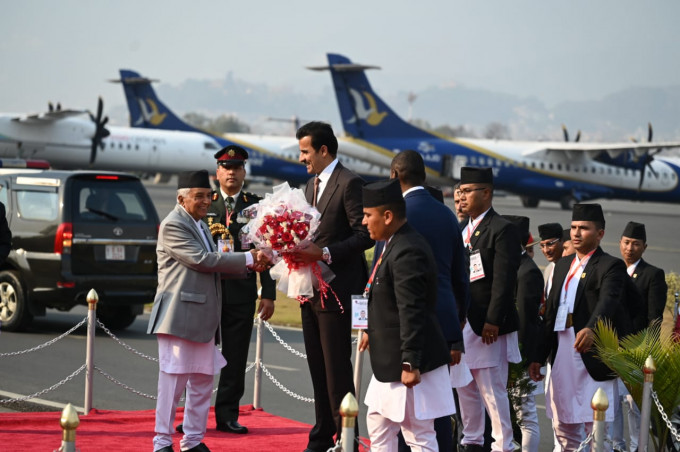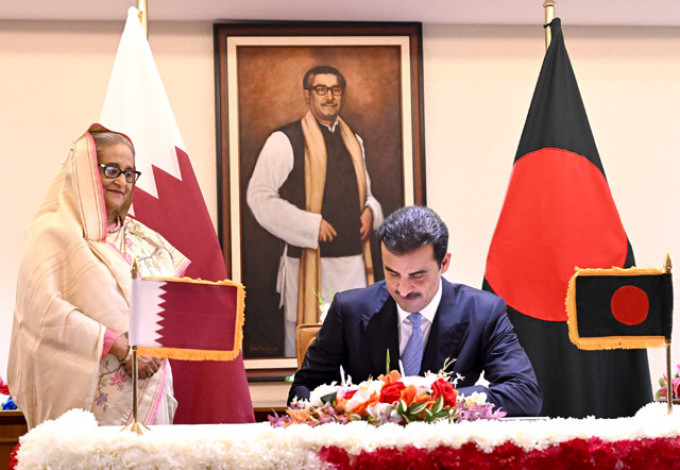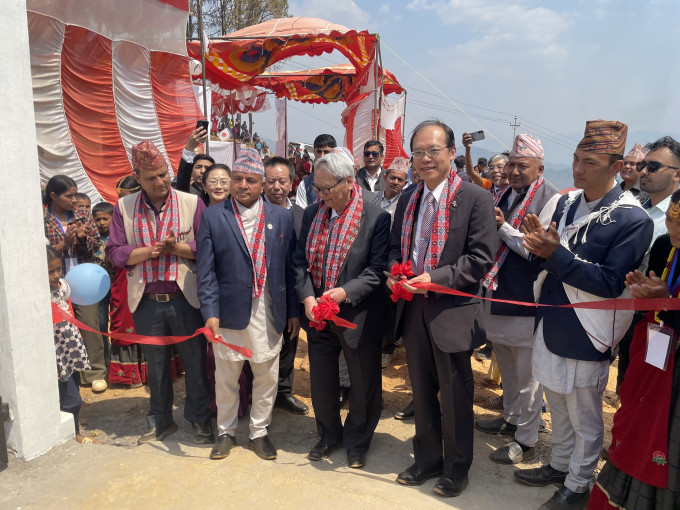A report on a study on climate change has made public the fact that the area and volume of glaciers in the Himalayan region is declining. The study report conducted by Transparency International (TI) Nepal in collaboration with ICIMOD and other organizations was made public in the capital on Friday.
The study was carried out to look into the impact of climate change on water resources in Nepal's mountainous region and in the lower coastal region.
According to the report, high variation in temperature and precipitation variation was observed due to geographical conditions of the Himalayan region. The latest study has revealed the findings of an earlier study report that the area of glaciers in Nepal decreased by about 24 percent from 1977 to 2010. The study also revealed that the height of the Imja and Lhotse glaciers in the Khumbu region of Nepal decreased from 1970 to 2007.
The risk of flooding caused by glacial melting has also increased. In Koshi, Gandaki and Karnali watershed, 47 potentially dangerous glacial lakes have been identified. Of these, 21 are in the high mountainous region of Nepal, 25 in Tibet and one in India. The study has also brought out the fact that 35 glaciers have burst from Nepal's mountain range so far.
Coordinator of the study task force Mohan Bahadur Chand said that the lake burst in Kanchenjunga area in 1963 was confirmed by the local elders during the on-site study. However, there is no record of it and the issue was not even reported in the media.
Former environment ministry secretary Krishna Gyawali said that even though the environment council was formed to discuss such issues, it was not meeting regularly due to its cumbersome structure.
Secretary of the Ministry of Forest and Environment, Dr Arun Prakash Bhatta, said that the recent floods in Melamchi, avalanches in Manang and unseasonal rains in the far-western region were due to the impact of climate change. He said that the developed countries should also play a role in solving the problem of carbon emissions.
On the occasion, TI Nepal President Padmini Pradhanang, Vice President Buddhinarayan Shrestha, General Secretary Mukunda Bahadur Pradhan, Ramesh Raj Pantal of the Central Department of Environmental Sciences, Tribhuvan University and others stressed on the need for Nepal to start a detailed study on the impact of climate change using its own resources.
They also stressed on the need to pay attention to the fact that the local levels are spending budget allocated for the study on climate change on development works, thereby depriving people the information they need to be aware of the problem.
READ ALSO:



